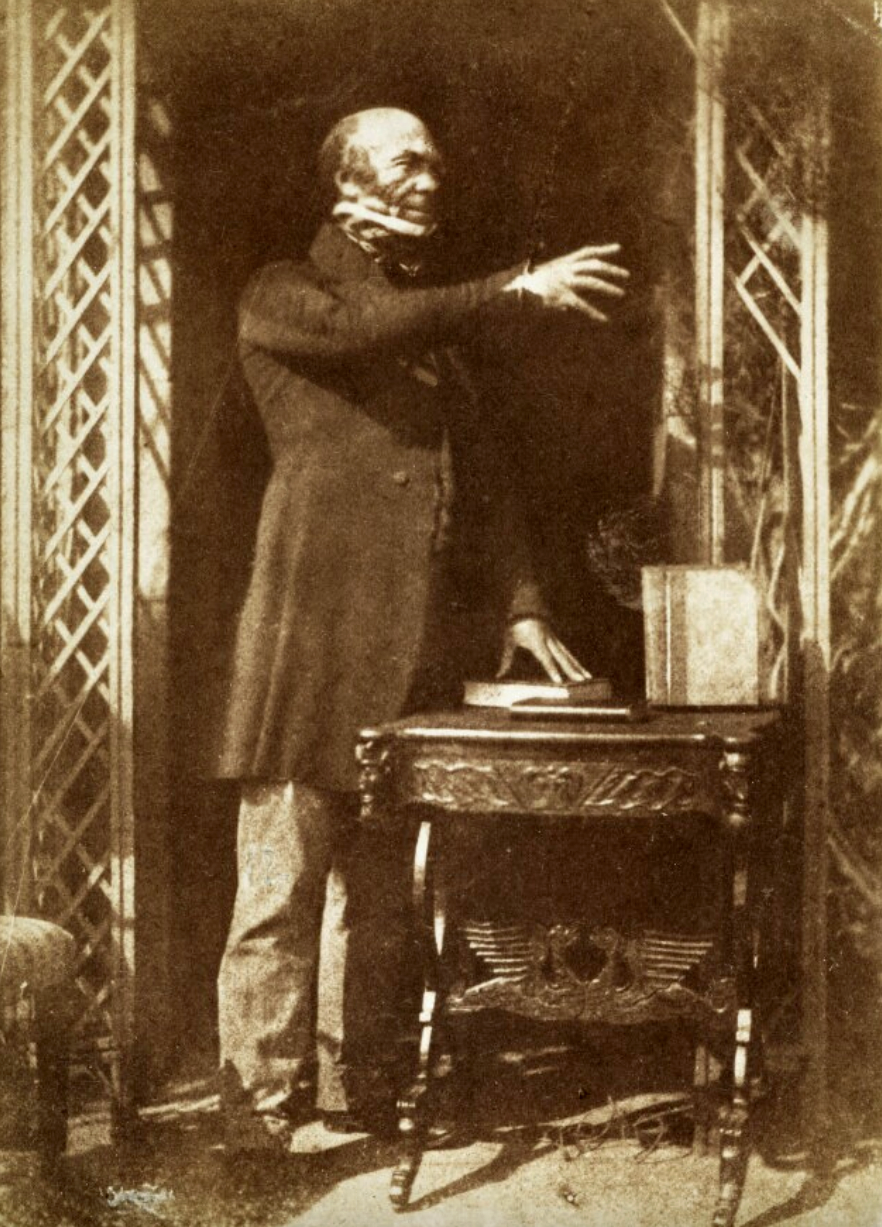Dr. Knox and the Penny Blood: Dissecting the Dissector
Bodysnatching: the removal of a corpse from its grave with the intent of dissection, on the basis of scientific or medical research and experimentation

Many regard Dr. Robert Knox as an inconsequential vestige of the Burke and Hare murders, a footnote in a larger, more widely-encompassing story about bodysnatching and the surgical profession in 19th century Britain. To the contrary, in my examination of his letters I aim to further the contention that Knox was instrumental to the proceedings of the Burke and Hare murder trials and a major impetus for the Anatomy Act of 1832 to be written into law. This subsequent legislation aimed to protect medical professionals from the legal repercussions of using unclaimed working class bodies for dissection--as Knox had--and paved the way for burgeoning working class frustrations to conflagrate into an explosion of fury.
While this outrage often manifested in the form of arson, effigy burnings, and outright violence directed toward practicing surgical professionals, it also served as the inspiration for a number of narrative constructions that emerged in penny blood fiction. Chief among them was the duplicitous (often termed “mad”) doctor, who bore their patients good will on the surface but secretly hacked them to pieces behind closed doors. Knox, as indisputably proved by this examination of his writings, was emblematic of the disquiet emergent among the working class: that doctors had become state-sanctioned arbiters of life and death for the poor.